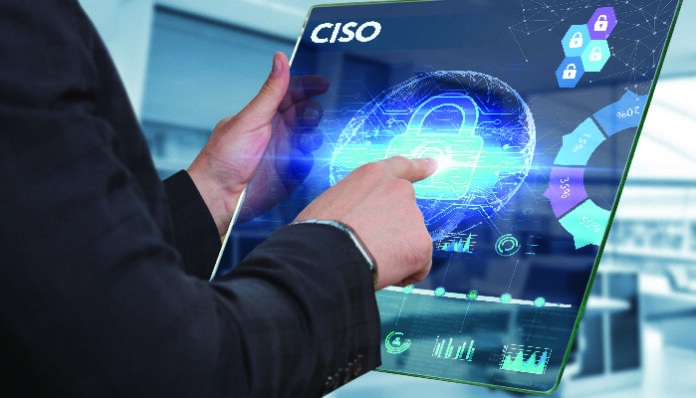As the enterprise industry embraces the digital revolution and becomes heavily reliant on technology and data, cyber risks and threats are only going to surge. Moreover, the pandemic has only accelerated this digital transformation that led to increasingly complex infrastructure, remote and hybrid work models, a continuously evolving regulatory landscape, and much more.
This has already burned out the security teams that have to constantly reassess their methodologies to defend against a broad range of threat actors while simultaneously dealing with the uncertainty present in the threat landscape within the infrastructure. However, such practices are unsustainable and may worsen the situation for the security team in the long run. Hence, it is more critical than ever for CISOs to keep their organizations resilient in such turbulent times. They should take steps that will enable them to demonstrate real value to the business.
Also Read: Organizations are Struggling to Manage Their Cyber Assets
The following steps can help CISOs to shift their approach from being reactive to proactive and strengthen the resilience of the organization to respond to the threats:
Keep track of the ongoing development within the cybersecurity infrastructure
CISOs should ensure that their business executives and various departments within the organization have access to real-time intelligence updates and an overview of the threat landscape. However, it does not mean they should overload the information. Instead, they should provide enough details that do not dilute the significance of the message. They should communicate risks in the order of their priority. Moreover, they should reveal the steps that the security teams have taken to mitigate the identified threats and concentrate on pending executive decisions.
Also Read: How Businesses Can Improve Their Fraud Program
Embed a cybersecurity mindset
Another step that CISOs should take is collaborating with their counterparts to embed a cybersecurity mindset throughout the enterprise. It is time for CISOs to help their counterparts understand that cybersecurity is not solely the responsibility of the security team but rather every individual across the organization. They should insist their organization implement regular and consistent security awareness training. This will not only remind and empower employees of their role in the success of strengthening the cybersecurity infrastructure but also empower them to deal with the threats that they are likely to encounter.
Be Approachable
Just recommending steps or taking actions in silos won’t help the CISOs to keep the cybersecurity infrastructure intact. Instead, they should make themselves accessible to both leadership teams and employees to discuss concerns while simultaneously offering support. Additionally, CISOs should practice good stakeholder management to help them recognize the disparate requirements of individuals.
Furthermore, they should address the concerns of the stakeholders by communicating in their language and on their terms. While addressing the issues of various stakeholders is important, it is equally essential for them to support their security team if the pressure builds up. They should drive their empowerment and let every team member know that they can always reach out to the CISOs for the needed support.
For more such updates follow us on Google News ITsecuritywire News. Please subscribe to our Newsletter for more updates.









